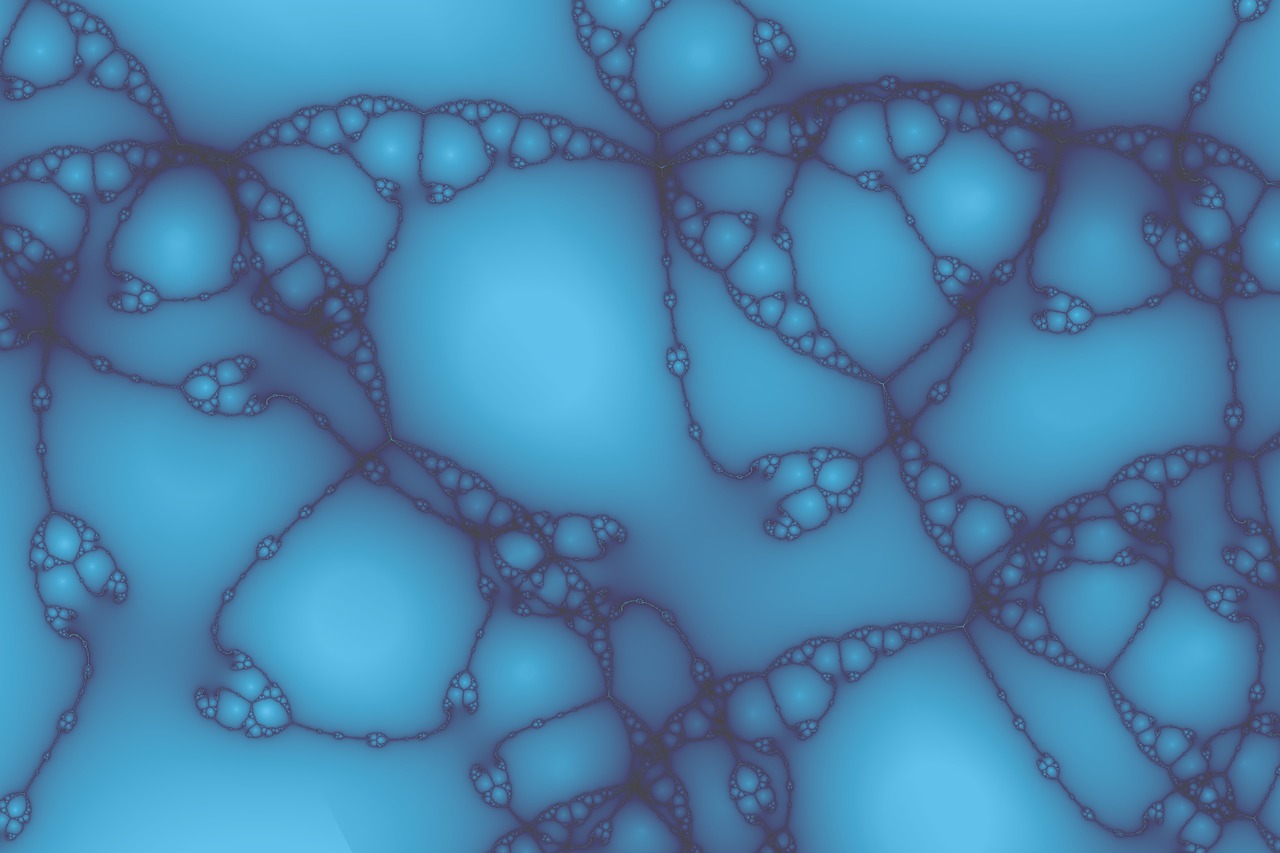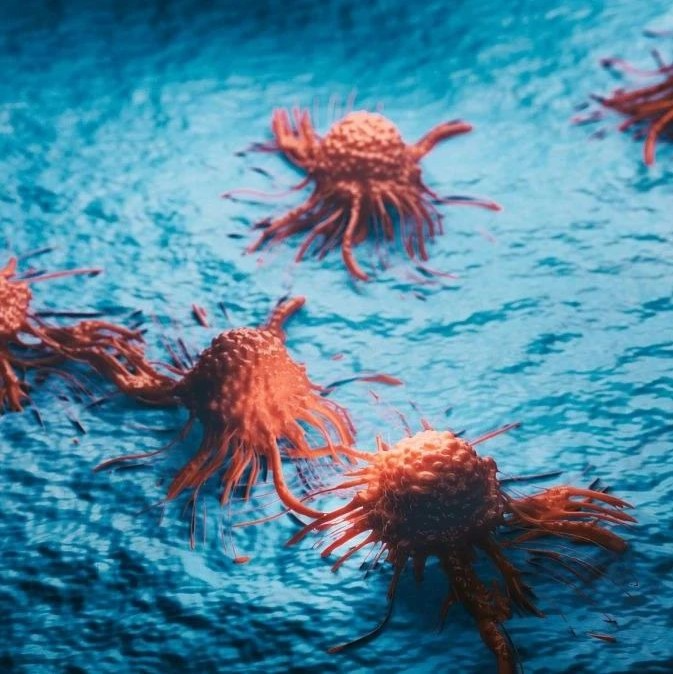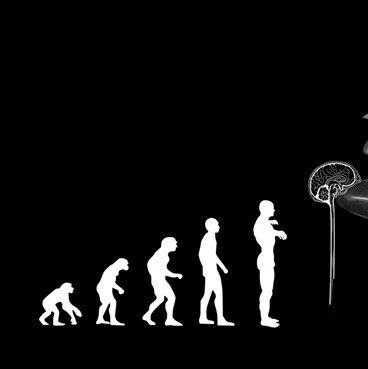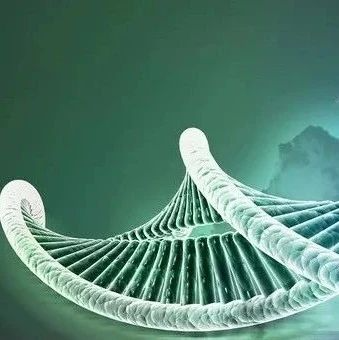伦敦大学玛丽皇后学院的一项新的研究表明,一种在儿童中常见的脑癌――髓母细胞瘤(medulloblastomas)发源于一种神经干细胞。这篇研究报告发表在Oncogene杂志上,研究表明,这种癌症可能需要一种有别于其他肿瘤治疗的新的治疗方法。
在所有患脑部肿瘤的儿童中,患髓母细胞瘤的可能性占1/5。这种肿瘤常发生于3~8岁的儿童中,也偶发于年轻人中。
之前曾有研究表明,人类大脑中存在一些神经干细胞(neural stem cells),能够在一定程度上进行自我修复。在最近的这项研究中,研究人员对小鼠大脑中的神经干细胞进行研究。
他们发现了两个特殊的基因Rb 和p53,在人类中,这两个基因功能异常往往会导致癌症的发生,在老鼠中,这两个基因功能异常导致小鼠发生髓母细胞瘤。随后,研究人员进一步对髓母细胞瘤的遗传组成进行研究,通过对比人的髓母细胞瘤,他们发现了一种特殊的遗传模式,出现这种遗产模式的肿瘤患者生存机率很低。
推荐原始出处:
Oncogene 11 January 2010; doi: 10.1038/onc.2009.472
Cerebellar stem cells act as medulloblastoma-initiating cells in a mouse model and a neural stem cell signature characterizes a subset of human medulloblastomas
R Sutter1, O Shakhova1, H Bhagat1, H Behesti1, C Sutter2, S Penkar1, A Santuccione2, R Bernays3, F L Heppner4,7, U Schüller5, M Grotzer6, H Moch2, P Schraml2 and S Marino1
1 Neuroscience Centre, Blizard Institute of Cell and Molecular Science, Barts and the London School of Medicine and Dentistry, Queen Mary University of London, London, UK
2 Institute of Surgical Pathology, Department of Pathology, University Hospital, Zürich, Switzerland
3 Department of Neurosurgery, University Hospital, Zürich, Switzerland
4 Institute of Neuropathology, Department of Pathology, University Hospital, Zürich, Switzerland
5 Center for Neuropathology, Ludwig-Maximilians-University, Munich, Germany
6 Department of Oncology, University Children's Hospital of Zurich, Zürich, Switzerland
Cells with stem cell properties have been isolated from various areas of the postnatal mammalian brain, most recently from the postnatal mouse cerebellum. We show here that inactivation of the tumor suppressor genes Rb and p53 in these endogenous neural stem cells induced deregulated proliferation and resistance to apoptosis in vitro. Moreover, injection of these cells into mice formed medulloblastomas. Medulloblastomas are the most common malignant brain tumors of childhood, and despite recent advances in treatment they are associated with high morbidity and mortality. They are highly heterogeneous tumors characterized by a diverse genetic make-up and expression profile as well as variable prognosis. Here, we describe a novel ontogenetic pathway of medulloblastoma that significantly contributes to understanding their heterogeneity. Experimental medulloblastomas originating from neural stem cells preferentially expressed stem cell markers Nestin, Sox2 and Sox9, which were not expressed in medulloblastomas originating from granule-cell-restricted progenitors. Furthermore, the expression of these markers identified a subset of human medulloblastomas associated with a poorer clinical outcome.







